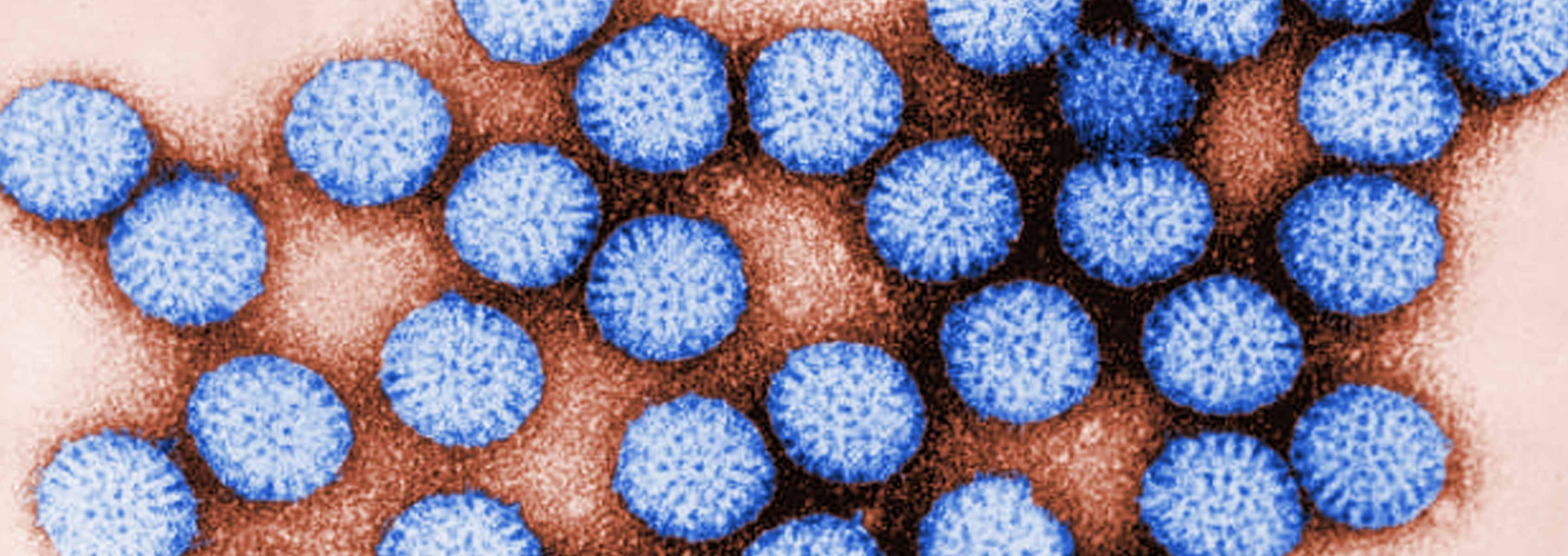Genomics of Rotavirus

As the leading worldwide cause of severe pediatric diarrhea, rotavirus, a double-stranded, segmented RNA virus, annually causes about 600,000 deaths globally, as well as about 50,000 hospitalizations and 20-40 deaths in the US. Millions of rotavirus-caused outpatient visits contribute to an economic impact of an estimated $1 billion annually. Therefore, effective rotavirus vaccination is high on the list of national and international health priorities. There is evidence that the rotavirus population is in constant flux with new G-types emerging from time to time.
The scarcity of complete genomic data in NCBI prevents a comprehensive study of rotavirus molecular evolution, and consequently little is known about spatial and temporal patterns of circulation, genesis of new serotypes, extent of segment reassortment and genetic drift, and possible favorable genome constellations. The rotavirus genome sequencing project aims to begin filling the void of sequencing data by sequencing a subset of viruses isolated from various locations around the world. The Rotavirus Genome Sequencing project seeks to provide valuable insights into rotavirus molecular epidemiology and evolution.
Publications
PeerJ. 2017-01-03; 5.e2733.
Comparative analysis of the Rotarix™ vaccine strain and G1P[8] rotaviruses detected before and after vaccine introduction in Belgium
Journal of virology. 2016-01-01; 90.1: 142-51.
Comparative In Vitro and In Vivo Studies of Porcine Rotavirus G9P[13] and Human Rotavirus Wa G1P[8]
Genome biology and evolution. 2015-08-08; 7.9: 2473-83.
Genome-Wide Evolutionary Analyses of G1P[8] Strains Isolated Before and After Rotavirus Vaccine Introduction
Infection, genetics and evolution : journal of molecular epidemiology and evolutionary genetics in infectious diseases. 2015-04-01; 31.321-34.
Whole genome detection of rotavirus mixed infections in human, porcine and bovine samples co-infected with various rotavirus strains collected from sub-Saharan Africa
Genome announcements. 2015-03-12; 3.2:
Complete genomic sequence for an avian group G rotavirus from South Africa
Infection, genetics and evolution : journal of molecular epidemiology and evolutionary genetics in infectious diseases. 2014-12-01; 28.513-23.
Comparative genomic analysis of genogroup 1 (Wa-like) rotaviruses circulating in the USA, 2006-2009
Infection, genetics and evolution : journal of molecular epidemiology and evolutionary genetics in infectious diseases. 2014-10-01; 27.156-62.
Whole-genome analyses reveals the animal origin of a rotavirus G4P[6] detected in a child with severe diarrhea
Journal of virology. 2014-09-01; 88.17: 9842-63.
Analysis of human rotaviruses from a single location over an 18-year time span suggests that protein coadaption influences gene constellations
Journal of virology. 2014-08-01; 88.16: 9060-71.
Absence of genetic differences among G10P[11] rotaviruses associated with asymptomatic and symptomatic neonatal infections in Vellore, India
Emerging microbes & infections. 2014-07-01; 3.7: e47.
Characterization of a G1P[8] rotavirus causing an outbreak of gastroenteritis in the Northern Territory, Australia, in the vaccine era
Funding
This project has been funded in whole or part with federal funds from the National Institute of Allergy and Infectious Diseases, National Institutes of Health, Department of Health and Human Services under Award Numbers N01-AI30071 and U19AI110819.